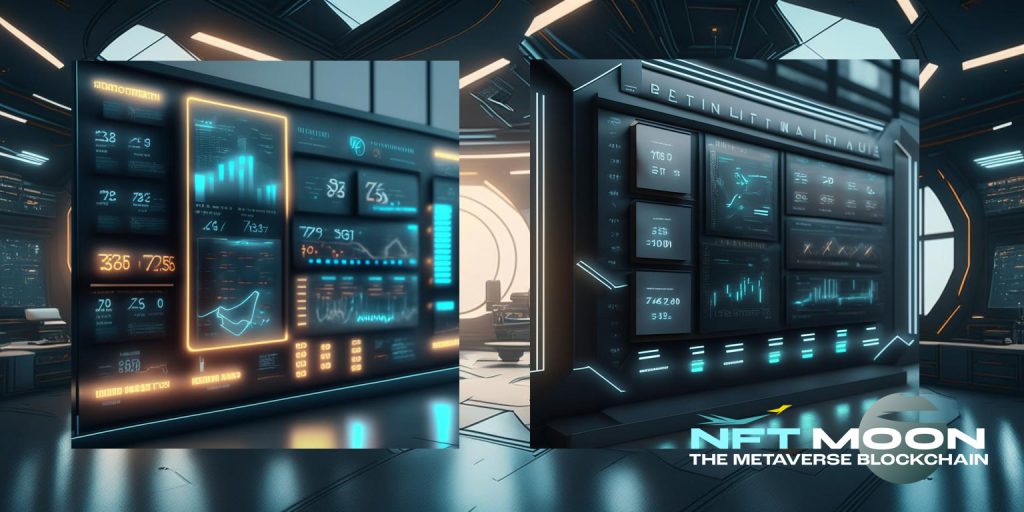
The future of banks in the NFT Moon Metaverse presents a transformative shift in the way banking services may be provided and experienced by customers. The Metaverse, a virtual reality environment that enables users to interact in a shared digital space, could potentially revolutionize the financial sector as it blends the physical and digital worlds. Here are some key aspects that may outline the role of banks in the Metaverse:
1. Digital branches: Banks could establish virtual branches within the Metaverse, where customers can access banking services in a 3D environment. Users could interact with avatars (representing bank employees) for personalized customer support and advice, while also being able to access a wide range of banking products and services digitally.
2. Immersive banking experiences: The Metaverse allows for the creation of engaging, interactive experiences that may improve customer satisfaction and loyalty. Banks could use these immersive environments to educate customers on financial management, investment options and simulate real-life scenarios to help them make better financial decisions.
3. Cross-border transactions: As digital currencies become increasingly integrated into the Metaverse, financial institutions could facilitate seamless cross-border transactions, allowing users to convert and transfer funds easily, quickly, and securely.
4. Financial inclusion: The global reach and accessibility of the Metaverse could lead to increased financial inclusion, as new customers gain access to banking services through smartphones, virtual reality headsets, and other devices. This would provide the unbanked or underbanked population an opportunity to participate in the global financial system and enhance their economic prospects.
5. Partnerships and collaborations: Banks may leverage partnerships with tech companies, virtual world builders, and other financial institutions to develop innovative banking solutions in the Metaverse. These collaborations could lead to the creation of diversified financial ecosystems tailored to meet the unique needs of different user segments and industries within the Metaverse.
6. Competition and innovation: As traditional banks, fintech firms, and digital-native financial institutions establish their presence in the Metaverse, competition will drive innovation in financial services to offer customers better products, services, and customer experiences.
7. Security and privacy: As banks store and process sensitive customer data in the Metaverse, they will need to invest heavily in ensuring robust security and privacy measures to safeguard the user’s financial information and transactions in the virtual world.
In conclusion, the NFT Moon Metaverse impact on the banking sector represents a significant opportunity for financial institutions to innovate and transform service delivery, enhancing the customer experience in a digital environment. The future of banks in the Metaverse will depend on their ability to embrace change, adapt to new technologies, and seamlessly integrate physical and virtual financial services while managing risk and ensuring security of their customers’ information.
